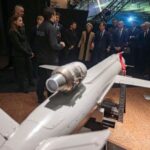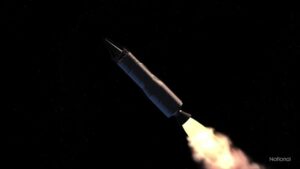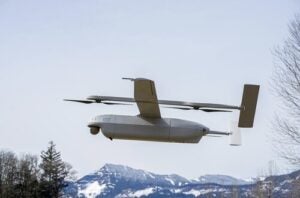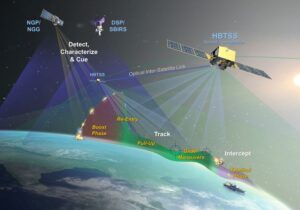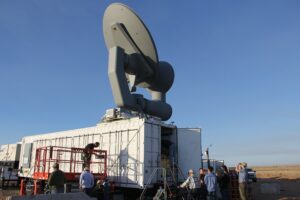
RTX [RTX] said on Jan. 29 that the U.S. Air Force Research Laboratory (AFRL) and the company's Raytheon business unit have finished a three week field test of the Counter-Electronic High-Power Microwave Extended-Range Air Base Air Defense (CHIMERA) at White Sands Missile Range, N.M. "During the test, CHIMERA applied directed energy to multiple static target variations and demonstrated end-to-end fire control by acquiring and tracking aerial targets and maintaining tracking for the entire flight path," RTX said. AFRL announced CHIMERA…


